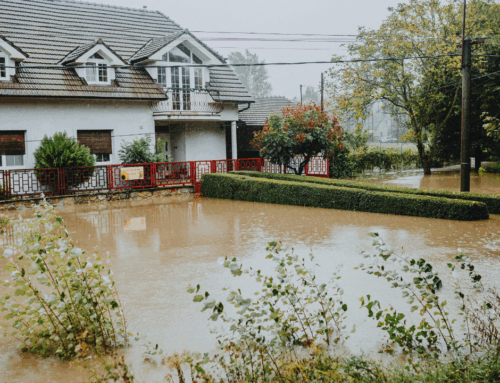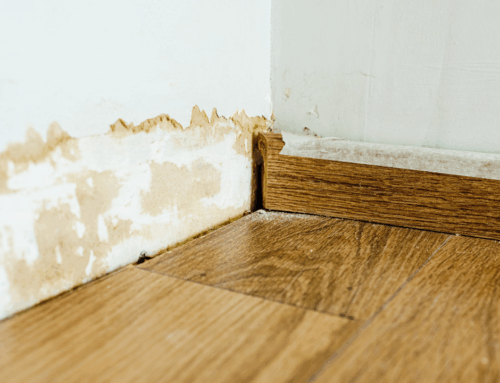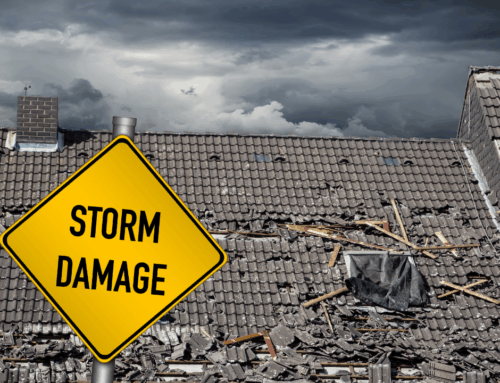Don’t Let Spring Showers Soak Your Home: Preventing Water Damage Before It Starts
Spring brings warmer weather, blooming flowers, and—unfortunately—heavy rain. While those showers may be great for your garden, they can spell disaster for your home if you’re not prepared. Water damage can lead to costly repairs, mold growth, and structural issues. The good news? A few proactive steps can help protect your home before the first raindrop falls.
1. Inspect and Maintain Your Gutters
Your gutters and downspouts are your home’s first line of defense against rainwater. If they’re clogged with leaves or debris, water can overflow, seeping into your foundation or causing roof damage. Clean your gutters regularly and ensure downspouts extend at least three feet away from your home to direct water safely away.
2. Check for Foundation Cracks
Small cracks in your foundation might not seem like a big deal, but they can allow water to seep into your basement or crawl space. Inspect your foundation and seal any cracks with a waterproof sealant. If you notice significant cracks, consider consulting a professional for repairs.
3. Ensure Proper Drainage Around Your Home
Water pooling around your home’s foundation can lead to seepage and long-term damage. Check your yard’s grading and make sure the soil slopes away from your home. If necessary, install a French drain or a sump pump to help manage excess water.
4. Test Your Sump Pump
A sump pump is a lifesaver when heavy rains hit—if it’s working properly. Test your sump pump by pouring a bucket of water into the pit to ensure it activates. Consider installing a battery backup system in case of power outages during storms.
5. Seal Windows and Doors
Gaps and cracks around windows and doors can allow water to seep inside. Inspect the seals and apply fresh caulk where needed. Weatherstripping can also help prevent moisture from creeping in during heavy rains.
6. Inspect Your Roof for Weak Spots
A leaky roof is a major cause of water damage during spring showers. Look for missing or damaged shingles, deteriorating flashing, and any signs of water pooling. If you’re unsure about your roof’s condition, a professional inspection can identify issues before they become costly repairs.
7. Keep an Eye on Your Plumbing
While rainwater is a common source of water damage, internal plumbing issues can be just as problematic. Inspect pipes for leaks, ensure your water heater is in good condition, and monitor for slow drains or backups that could indicate a larger problem.
8. Consider a Water Detection System
Smart home technology now includes water leak detectors that alert you to potential issues before they escalate. Placing these sensors in areas prone to leaks—such as near water heaters, sump pumps, and under sinks—can provide an early warning and help prevent major damage.
Spring-Proof Your Home Today—Stay Dry Tomorrow
Taking proactive steps now can save you from expensive repairs and headaches later. If water damage does strike, acting fast is crucial to minimize harm and prevent mold growth. That’s where Xcel Restore comes in. Our team specializes in water damage restoration and can help you get your home back to normal quickly and efficiently.
Don’t wait until it’s too late—contact Xcel Restore today for expert water damage solutions!




